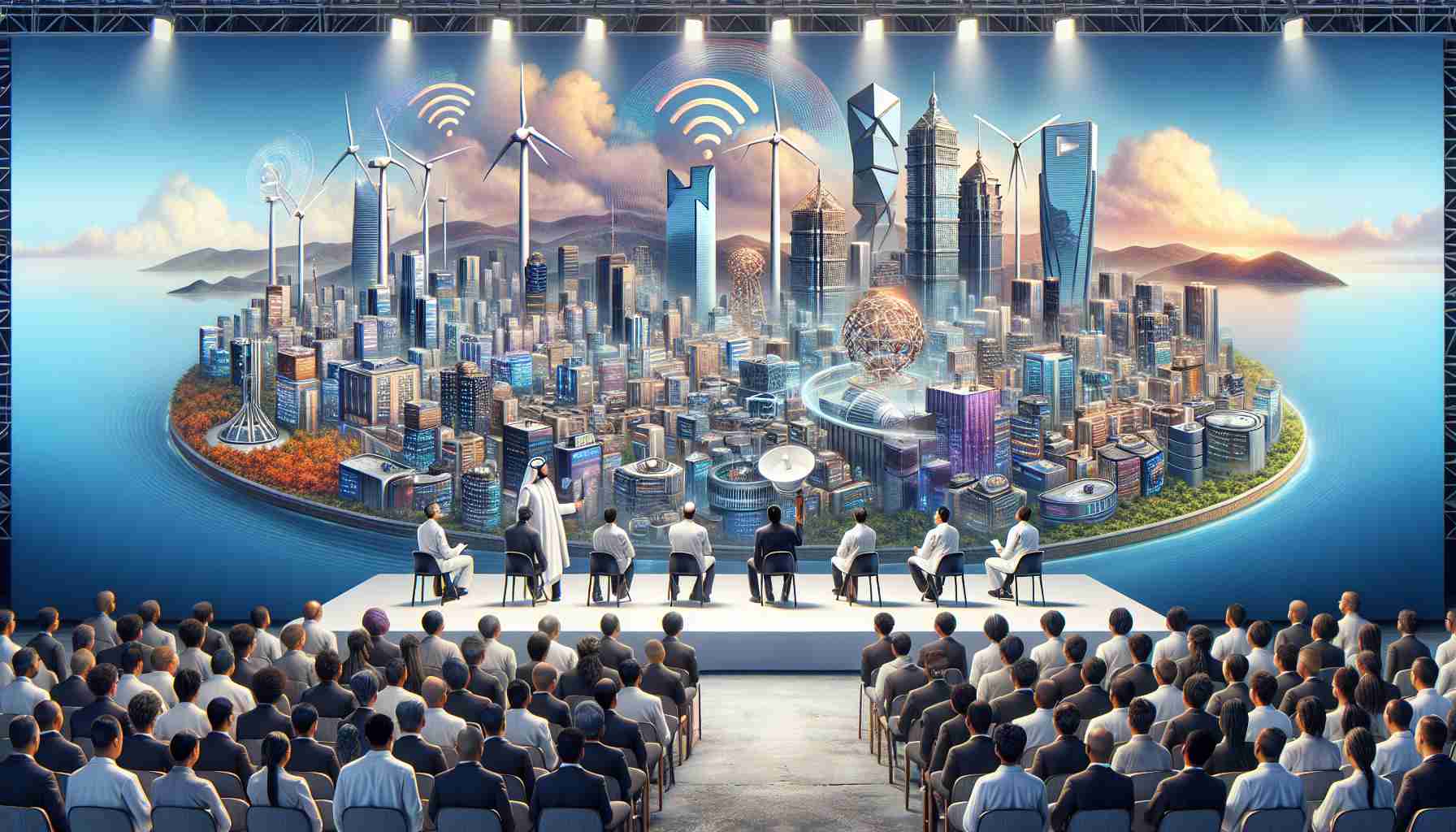Huawei accelerates Macau’s technological landscape with the introduction of 13 Wi-Fi 7 solutions. In an event set within the vibrant city of Macau, Huawei Technologies has taken a significant step towards evolving the region’s connectivity landscape by announcing their latest series of Wi-Fi 7 products. These innovations promise to elevate the locale’s network capabilities, boasting features like heightened bandwidth, minimal latency, powerful signal frequency, and fortified security measures. The aim is clear: to boost the support for an array of sectors in Macau through robust wireless solutions.
The strategy behind these cutting-edge offerings was highlighted by Steven Zhao, Huawei’s vice president, who underscored the company’s dedication to fostering the social and technological advancements in Macau through strategic investments. The brand marks a significant milestone in Wi-Fi development, leading the pack with its comprehensive array of Wi-Fi 7 products that stand to enhance enterprise wireless networks significantly.
With an impressive allocation of more than 20% of its annual research budget, Huawei demonstrates deep investments in wireless innovation. The firm boasts an extensive team of over 1,000 wireless experts, bolstered by a network of 80 specialized laboratories across the world. This commitment has positioned Huawei as an authority in wireless technology, especially noted in the realm of standard patents where they lead the global industry.
Collaboration and talent development are key aspects of Huawei’s operations in Macau, as acknowledged by Zhao. The company not only leverages technology to spur growth in enterprises but also remains committed to building a stout Information and Communication Technology (ICT) platform. This platform is envisioned to underpin the diverse digital transformation needed in sectors extending from tourism and culture to digital finance and enterprise services.
Local talent and innovation are at the heart of Huawei Macau’s efforts. Jackie Li, Huawei Macau’s general manager, highlighted the company’s initiatives, including prioritizing the local workforce with a 70% localization rate and fostering the next tech generation through competitions and collaborations with prominent local organizations. Huawei’s proactive engagement in Macau aims to resonate with the region’s vision for diversified industrial growth, aligning closely with the “1+4” industrial development strategy that places a strong emphasis on modernizing finance, technology, manufacturing, and trade sectors.
Important Questions and Answers:
1. What is Wi-Fi 7, and how does it compare to previous Wi-Fi generations?
Wi-Fi 7, also known as IEEE 802.11be, is the latest generation of Wi-Fi technologies. It improves upon Wi-Fi 6 with advanced features such as higher throughput (expected to offer speeds up to 30 Gbps), lower latency, and improved efficiency in crowded environments. This is crucial for supporting the increasing number of IoT devices and high-bandwidth applications.
2. What challenges does Huawei face in implementing Wi-Fi 7 in Macau?
Key challenges could include ensuring adequate infrastructure deployment, overcoming any regulatory hurdles, and addressing security concerns. Additionally, proliferating the new technology to local businesses and consumers, ensuring compatibility and interoperability with existing devices, and maintaining a cost-effective solution are potential challenges.
3. What are some controversies associated with Huawei?
Huawei has faced scrutiny and allegations regarding the security of its products and ties to the Chinese government. Concerns over data privacy, espionage, and national security have led some countries to ban or restrict Huawei’s equipment in critical infrastructure.
Advantages and Disadvantages:
Advantages:
– Enhanced Bandwidth: Wi-Fi 7 offers greater bandwidth, allowing for faster data transfer rates and higher capacity to accommodate more devices.
– Reduced Latency: The lower latency is ideal for applications requiring real-time communication, such as gaming or virtual/augmented reality.
– Improved Signal Frequency: Improved frequencies result in better signal penetration and coverage.
– Fortified Security: With advancements in security protocols, Wi-Fi 7 promises to offer enhanced protection for users against cyber threats.
Disadvantages:
– Upgrade Costs: Adoption of Wi-Fi 7 will require upgrades to infrastructure, which can be costly.
– Device Compatibility: Older devices may not be compatible with Wi-Fi 7, requiring either adapters or replacements.
– Transition Period: As with any new technology, there will be a transition period where issues might arise that need addressing.
For further information on Huawei and their technological offerings, you can visit their main website at Huawei.
The source of the article is from the blog papodemusica.com
